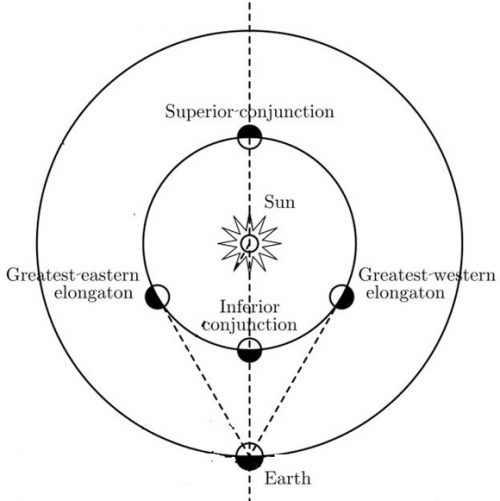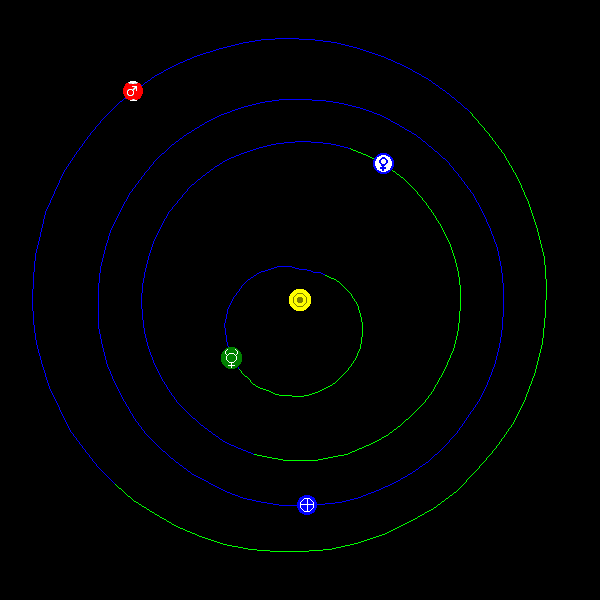No matter where you live on Earth, mid to late June is an excellent time to look for the planet Mercury in your western sky after sunset. On June 23, 2019, Mercury reaches a milestone the evening sky, as this world swings out to its greatest elongation of 25 degrees east of the setting sun. Mercury, the innermost planet of the solar system, is often lost in the sun’s glare. Yet practiced sky watchers know the best chance of catching Mercury after sunset is generally around the time of Mercury’s greatest eastern elongation. That’s because Mercury is now setting its maximum time after sunset.
From most of the world, Mercury now stays out better than 1 1/2 hours after the sun. To spot Mercury, find an unobstructed horizon in the direction of sunset. Then, starting an hour or so after sundown, watch for Mercury to pop out rather low in the western sky and near the sunset point on the horizon.

Remember that binoculars always come in handy for any Mercury quest. Although Mercury is as bright as a 1st-magnitude star, its luster will be dimmed by the sunset afterglow and the murkiness of the thickened atmosphere near your horizon.
If your sky is less than crystal clear, try your luck with binoculars. Scan with them for a bright “star” near the sunset point.
With binoculars, you might also catch the red planet Mars taking the stage with Mercury in a single binocular field around this time. Mars is a solid three times fainter than Mercury, so it’s doubtful that you’ll spot the red planet without an optical aid. See their respective positions in our sky – as viewed from the Northern Hemisphere – on the chart above. The chart below shows their positions relative to one another in orbit around the sun:

Mercury’s reign in the evening sky started on May 21, 2019, and will end on July 21, 2019. After today, Mercury will fall sunward, or in the direction of sunset.
What’s more, Mercury’s waning phase is causing this planet to dim day by day. By early July, the fading planet will be easier to spot from the Southern Hemisphere than at mid-northern latitudes.

Bottom line: While the opportunity is at hand, try to spot Mercury, the solar system’s innermost planet, in late June 2019.











